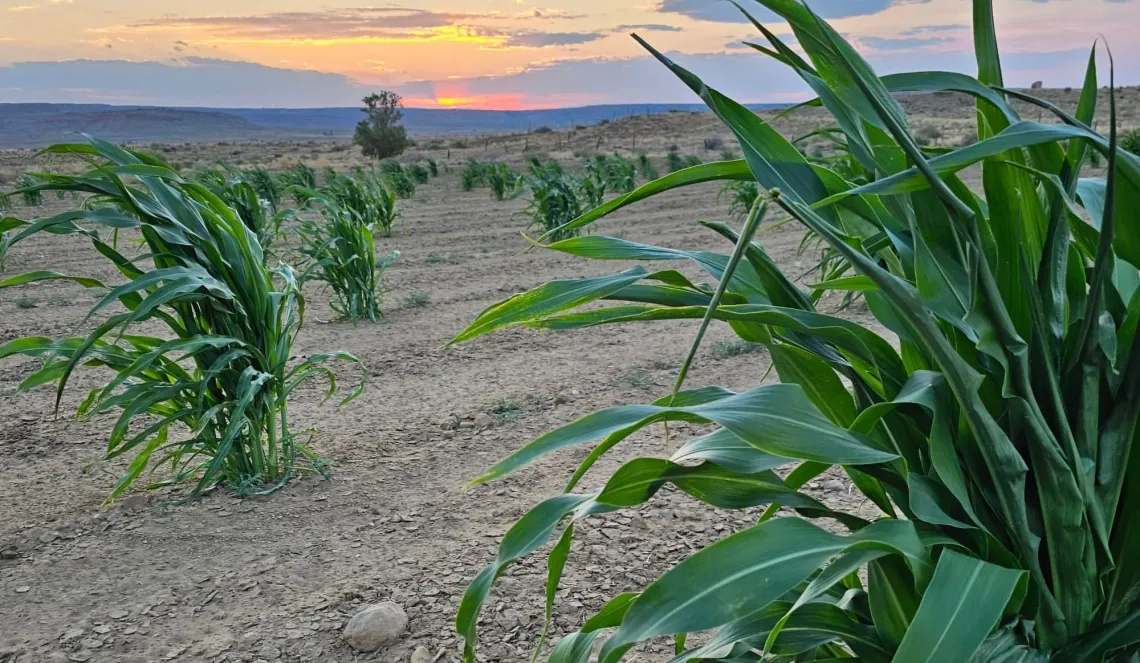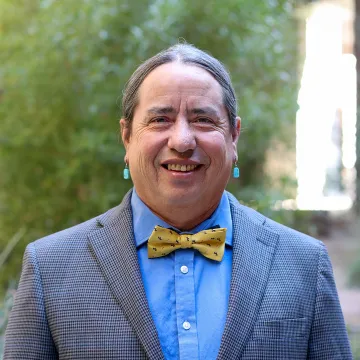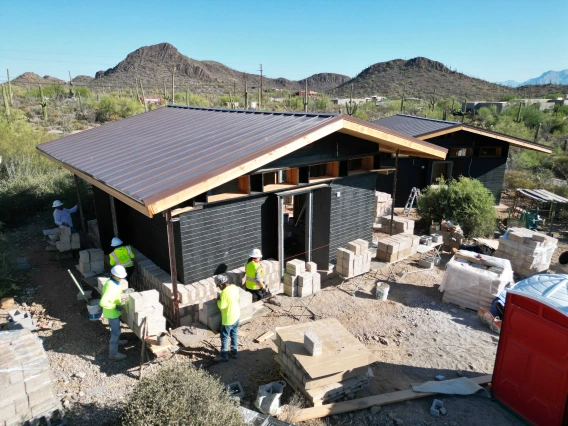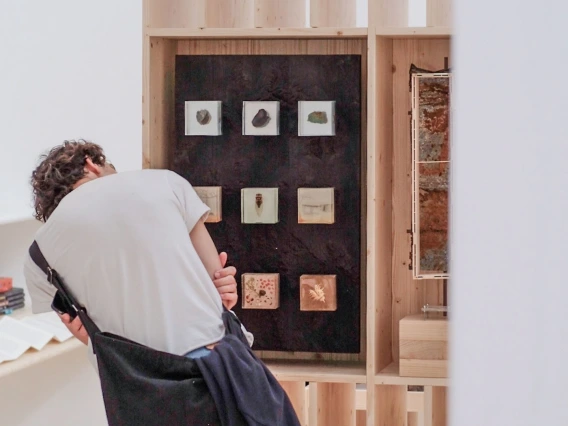Indigenous Landscapes: An example from Hopi | Lecture by Michael Kotutwa Johnson

The Hopi people have lived on the Colorado Plateau in Northern Arizona for millennia. They have established a relationship with the environment that integrates their cultural belief system. Hopi farmers raise crops to fit the environment and not manipulate them through various inputs harmful to landscapes, especially in the Midwest. The lecture will lead to a greater understanding of how Indigenous people, not only at Hopi but across the globe, are now viewed as the gatekeepers of biodiversity. Indigenous people in their territories focus on something other than gross domestic product (GDP) but instead on quality and defined relationships within the context of where they live.
Watch the Lecture
About Michael Kotutwa Johnson

Michael Kotutwa Johnson is an Assistant Professor of Indigenous Resilience at the University of Arizona’s School of Natural Resources and the Environment, Cooperative Extension, and the Indigenous Resilience Center. His research focuses on Indigenous Traditional Ecological Knowledge and Land Use Management schemes related to food, energy, conservation, and water. He is a member of the Hopi Tribe. Most importantly, Dr. Johnson remains a traditional Hopi dryland farming practitioner and continues to give talks on the subject. He has several academic publications and is featured in many stories, podcasts, and social media about his work. He recently started the Fred Aptvi Foundation, which will focus on growing traditional Hopi crops, establishing a seed bank, and developing a Hopi youth agriculture program that includes the Hopi language.
Header image credit: Michael Kotutwa Johnson.



